Maine Coon cat declawed. Please don't do it. Here's why.
Owner declaws their Maine Coon
The other day, I encountered a post on social media about a cat owner who had declawed their Maine Coon cat. Of course, I was shocked. But not everybody would be shocked. Some people still actually believe in it. I am sorry I don't have any more details. I can't find the post now. I think it was deleted because she was criticised.
Nail trim?!
Some people believe that declawing is a nail trim. It is not. It is a surgical amputation of the last joints of a cat's toes - all five on each front foot.
Pain
It is mightily painful. The cat is given painkillers of course nowadays. In the past they weren't because veterinarians wanted to stop cats walking on their toes so the surgery healed faster. An utterly cruel concept.
Botched
To me, some veterinarians haven't got much better. A few years ago, I wrote about the high percentage of botched declawing surges that take place in America. This is because they still often use guillotines to chop through that last joint.
This leaves shards of bone in the paw which the surgeon either does not see or doesn't bother about making sure that the paw is free of these shards. This, as expected, causes a lot of ongoing pain.
There are veterinarians who specialise in repairing botched declawing surgery. Can you imagine?
Complications?
You bet. There are numerous complications of declawing surgery. And sometimes these complications can last for the remainder of the cat's life. Arthritis? Pain. Gait complications. Mental health issues due to constant pain.
Abandoning declawed cats
You will find declawed cats in shelters because they've been abandoned. Why? Because when a domestic cat has lost their claws, they bite instead. They can tend to become inherently aggressive because they feel vulnerable without claws. This is something that the owners did not foresee. They no doubt declawed their cat to try and make their relationship better but actually it made it worse. This leaves the cat both declawed and unwanted. How about that?
Peeing outside the litter box
Declawed cats are seven times more likely to pee outside the litter box than non-declawed cats. Is that what you want?
Judging pain
Sometimes they are all right and they get over it. And you will see articles on the Internet by people posting on social media saying that their declawed cat appears to be okay. But are they sure?
We know that domestic cats are very good at hiding pain. Simply looking at your cat and not seeing any strong reaction months after the declawing operation does not guarantee that your cat is not in tremendous pain.
Aberration
Declawing is an aberration of the American culture. It is banned about 38 other countries in the world. And in the countries where it isn't banned it just doesn't take place because nobody thinks about it.
Invented in the 1950s
It is a procedure which was dreamt up by veterinarians in America in the mid-1950s. It is a way of making money. With a complete disregard for their patient.
Oath
To declaw a cat for non-therapeutic reasons is against a veterinarian's sworn oath. And nearly all declawing operations are carried out for non-therapeutic reasons. They are carried out to protect furniture.
Protect furniture
You can protect furniture by putting double sided tape onto the armrest. You can buy these very wide tapes designed specially to protect furniture.
 |
| Photo: MikeB |
And you can buy a very large, solid scratching post which has been treated with catnip to make it more attractive to a domestic cat which serves the purpose of deterring a cat from scratching furniture.
 |
| Photo: MikeB |
Trim
And, a cat owner can trim their young Maine Coon's nails to get them used to the procedure and then there will be no problem in the future in trimming their nails. When nails are trimmed, they simply can't scratch furniture.
 |
| By MikeB. |
It is one aspect of cat ownership: to get your young kitten used to having their nails trimmed.
Full-time indoor
One problem with Maine Coon cat is that they are very often full-time indoor cats which means that their front claws are not worn down through usage on hard surfaces outside. This means the nails will grow longer and sharper. This then means that they need to be trimmed.
It seems that with the Maine Coon cat the owner really should get used to trimming their cat's nails. Combine that procedure with protecting furniture in a common-sense way and adding a couple of very large solid scratching post and you don't need to declaw your cat.
Avoiding scratches
There are other simple techniques to employ. You can avoid being scratched by your cat. This is about technique. It's about observing your cat and their behaviour and working out when they respond in a certain way to a certain revocation. You can then avoid being scratched through self-training.
It does take knowledge of cat behaviour particular the kind of cat behaviour that takes place when a person interacts with their cat. The same goes for a child. Children are very much exposed to being scratched by their cat including Maine Coon cats. It is down to the parents to ensure that their children know how to handle and interact with the family cat.
Character
The Maine Coon cat character is a good one. They are generally calm and all Maine Coon cats will be fully socialised by the breeder. They will only strike out at a human if they are provoked by that person. As mentioned, it is up to the person to know what provokes their cat to scratch. Then the simple solution is to avoid that provocation.
Transferred aggression and over-stimulation
The same goes for biting. Most biting by Maine Coon cats and people are going to occur through transferred aggression or because they have been overstimulated when their owner plays with their Maine Coon. Especially with their hands.
Redirected aggression is when for example a Maine Coon cat looks outside the window and sees a strange cat outside and they want to attack it. They can't because they are full-time indoor cats. They may, on occasions, redirected their natural aggression towards the first available "victim" which might be a human member of the family.
Check out your vet
All cat owners should check with their veterinarian if they declaw cats. If the response is yes, the person should not use that veterinary clinic until they change their ways.
Any veterinarian who declaws cats for non-therapeutic reasons is not a good veterinarian. They do not have the patient's interest at heart.
Dr Bruce Fogle DVM
And this is not just me, an animal advocate strongly criticising declawing. The world's best-known veterinarian/author, Dr. Bruce Fogle DVM, in the UK, has called declawing barbaric. He should know. He is an amazing author and veterinarian.
Botched surgery is prevalent and shocking
Perhaps the worst thing about declawing is what I've mentioned above namely that about 66% of the operations are botched. Can you imagine that? There are actually botched the operations which make things a lot worse.
Photos declawed cats
Have you seen those photographs of declawed cats? The ones I have just come out of an operation and are bouncing around their cage leaving blood everywhere because they are in agony despite the strong painkillers. You can see a photograph on this page. It is on my website. Have a good look.
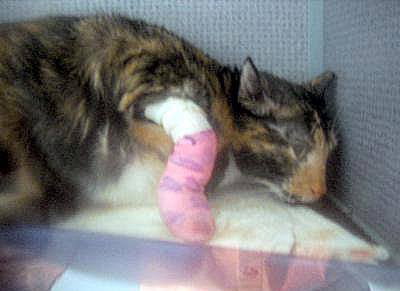 |
| Recently declawed. Pure agony and terror all achieved by a veterinarian. Image: Vet tech (anonymous). |
 |
| A bloody mess and disaster willingly inflicted on the cat by the owner and the vet. |
And if your veterinarian does suggest declawing you should challenge them. The only time a veterinarian can legitimately suggest declawing is when it is in the patient's interest which means for medical reasons. This is incredibly rare.



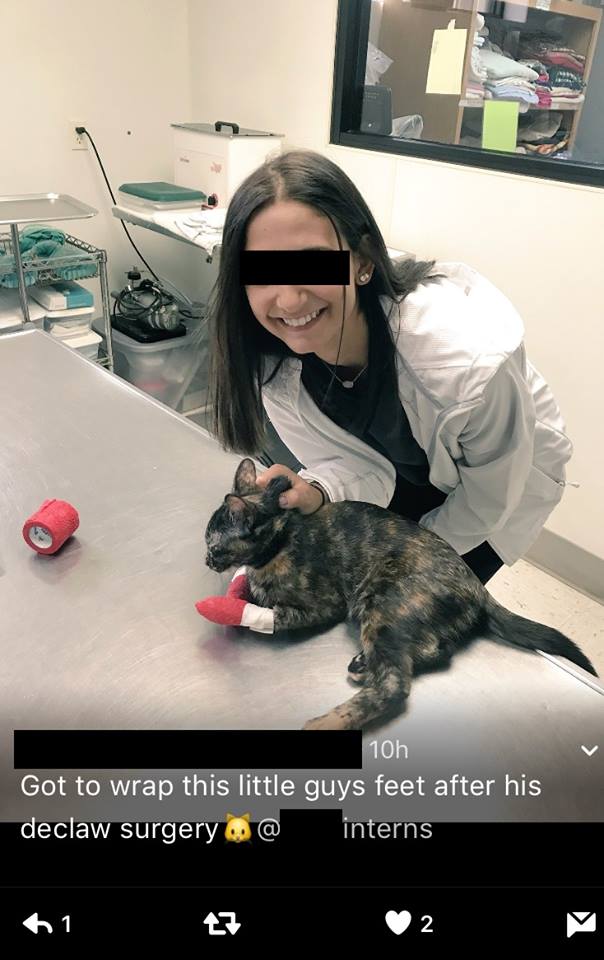


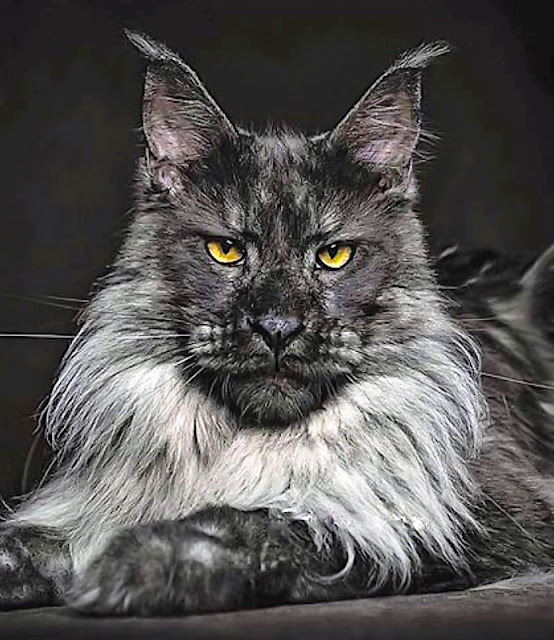



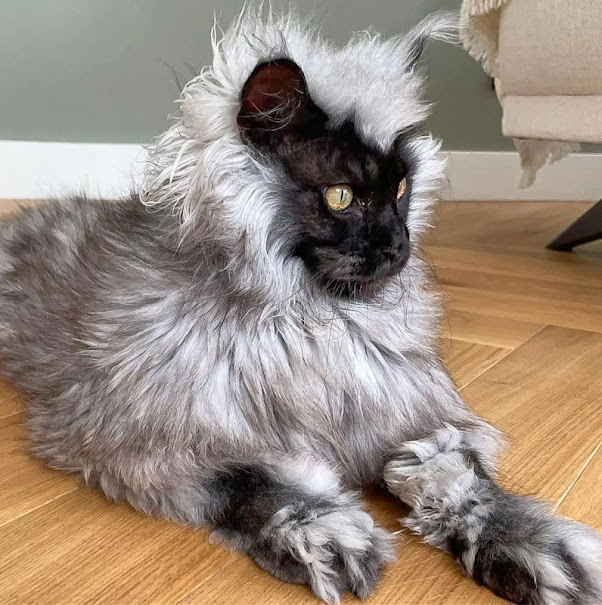

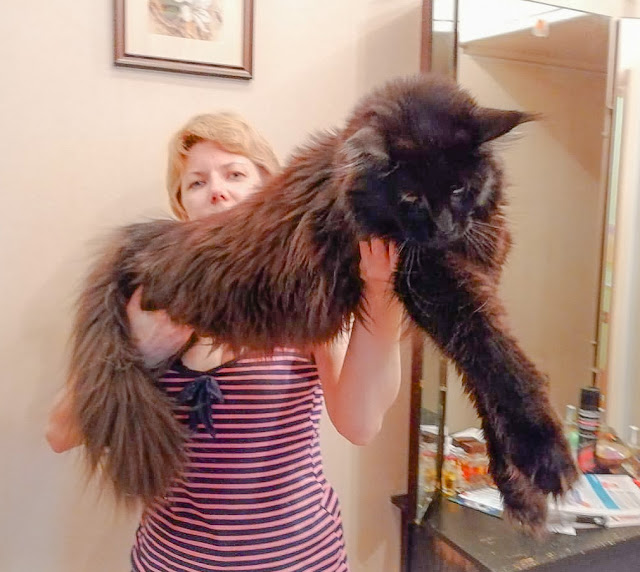
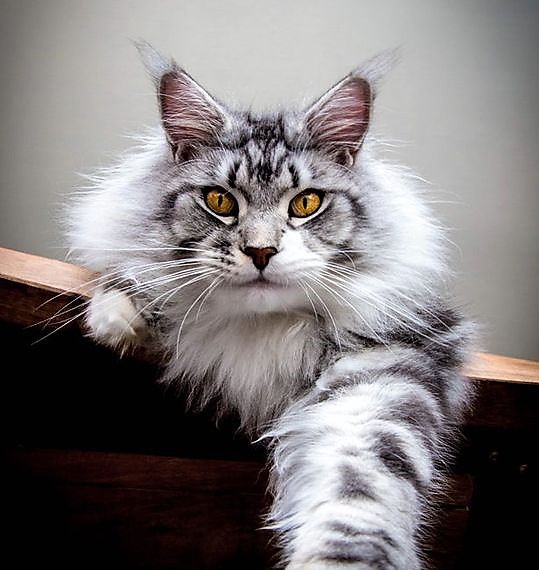
Comments
Post a Comment
Please share your Maine Coon experiences.